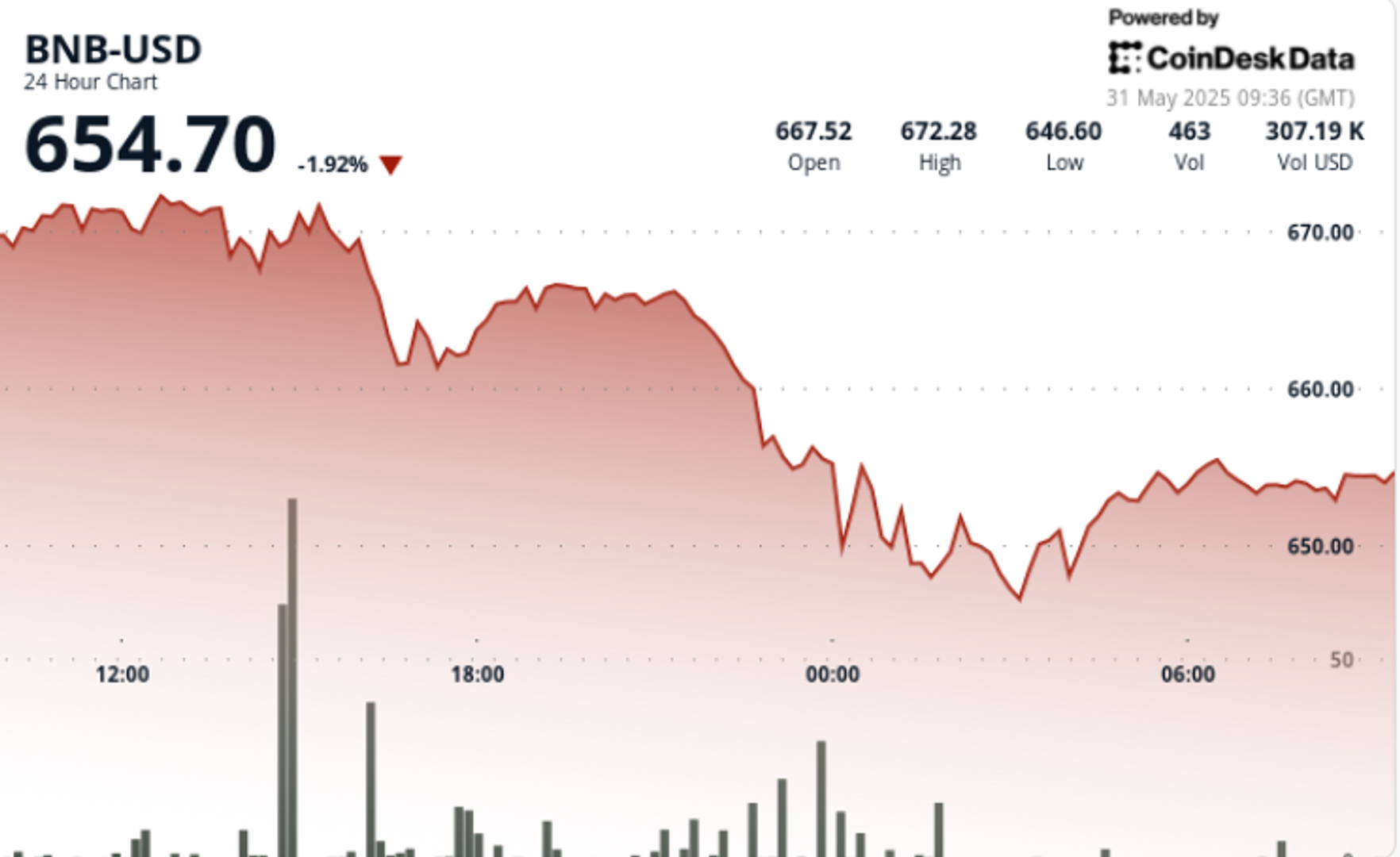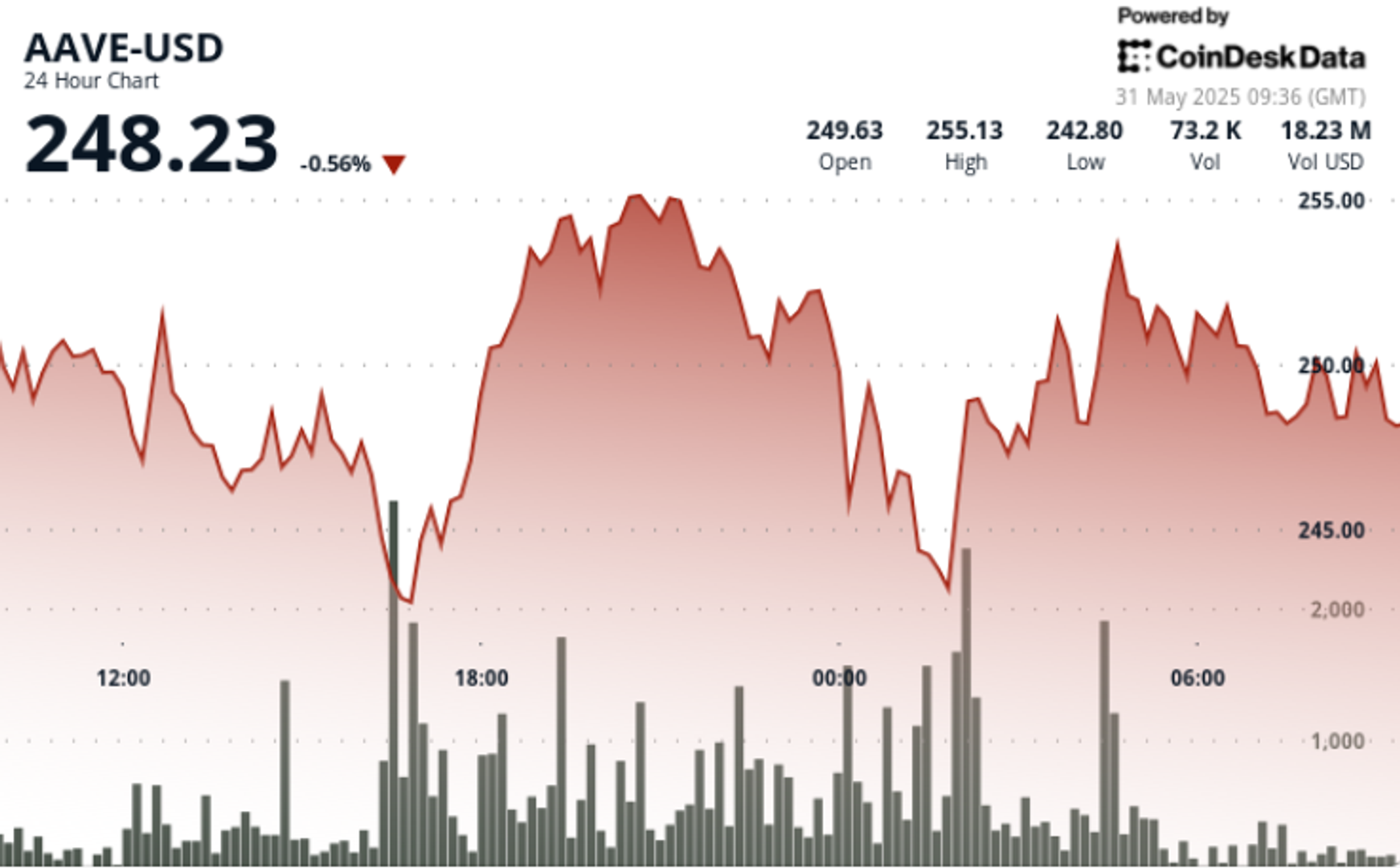NVIDIA launches lightweight LLM for edge AI use cases
NVIDIA’s new Llama Nemotron Nano 4B brings efficient scientific reasoning and edge AI to open-source, low-resource environments.


NVIDIA has announced the release of Llama Nemotron Nano 4B, a lightweight open-source language model designed specifically for efficient deployment on edge devices and for use in scientific and technical reasoning. The model, part of the broader Nemotron family, is now available on the Hugging Face and NVIDIA NGC platforms.
At just 4.3 billion parameters, Nemotron Nano 4B aims to deliver powerful performance in constrained environments. Its design balances computational efficiency with reasoning capabilities, making it suitable for a wide range of low-latency applications including robotics, healthcare devices, and other real-time systems operating outside traditional data centers.
Optimised for scientific reasoning and edge deployment
NVIDIA claims Nemotron Nano 4B was trained with a focus on open-ended reasoning and task solving, rather than general-purpose chatbot interactions. This positions it uniquely among smaller models, many of which are optimised primarily for conversational or summarisation tasks.
In particular, NVIDIA highlights its usefulness in scientific domains. The model is capable of interpreting structured information and supporting data-heavy problem-solving — areas where larger models have traditionally dominated. By optimising the model to function effectively with reduced memory and compute requirements, NVIDIA is aiming to expand access to AI capabilities in fields where internet connectivity or large-scale infrastructure may be limited.
Built on Llama 2 architecture with NVIDIA optimisations
Nemotron Nano 4B builds on Meta’s Llama 2 architecture but includes optimisations tailored by NVIDIA to improve both inference and training performance. The model was developed using NVIDIA's own Megatron framework and trained on DGX Cloud infrastructure, reflecting the company’s ongoing investment in open, scalable AI tooling.
The release also comes with a suite of supporting tools through NVIDIA’s NeMo framework, enabling fine-tuning, inference, and deployment across a variety of environments including Jetson Orin, NVIDIA GPUs, and even some x86 platforms. Developers can expect to see support for quantisation formats like INT4 and INT8, which are essential for running models at the edge.
Focus on open models and responsible AI
The Nemotron Nano 4B is part of NVIDIA’s broader push into open-source AI. In a statement, the company reiterated its commitment to “providing the community with efficient and transparent models” that can be adapted for various enterprise and research use cases.
To support responsible AI development, NVIDIA has released detailed documentation outlining the training data composition, model limitations, and ethical considerations. This includes guidelines for safe deployment in edge contexts, where oversight and fail-safes are critical.




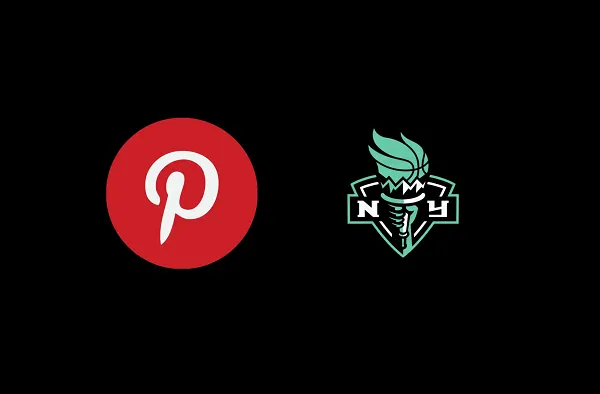



































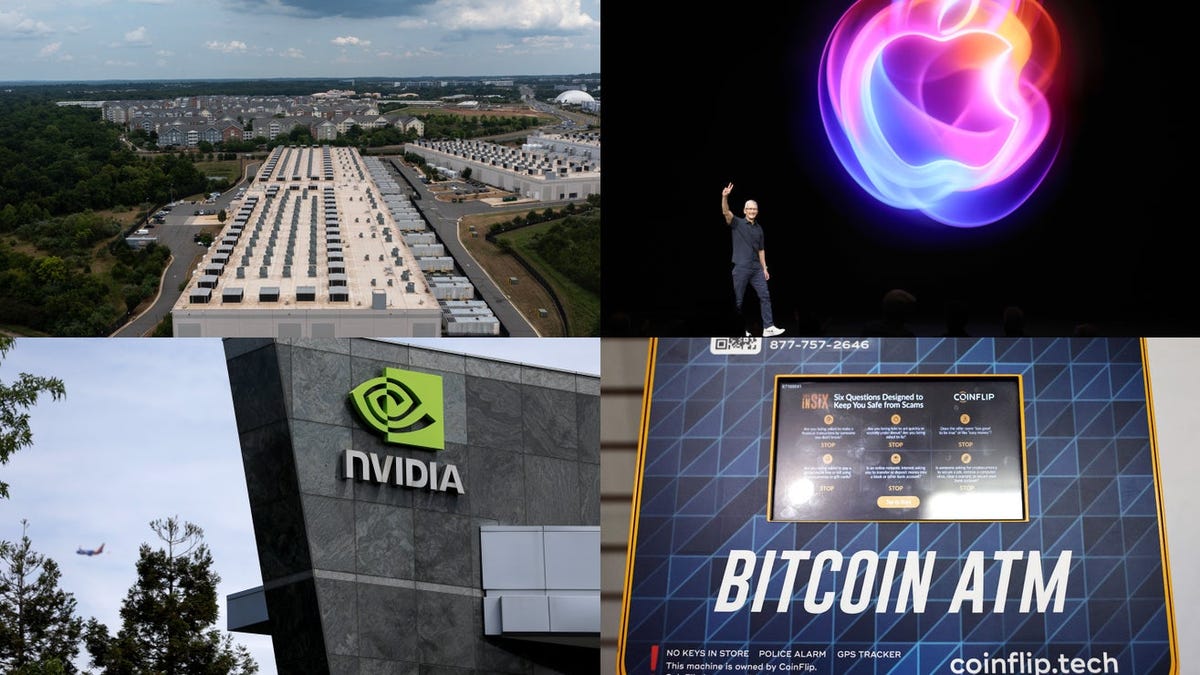









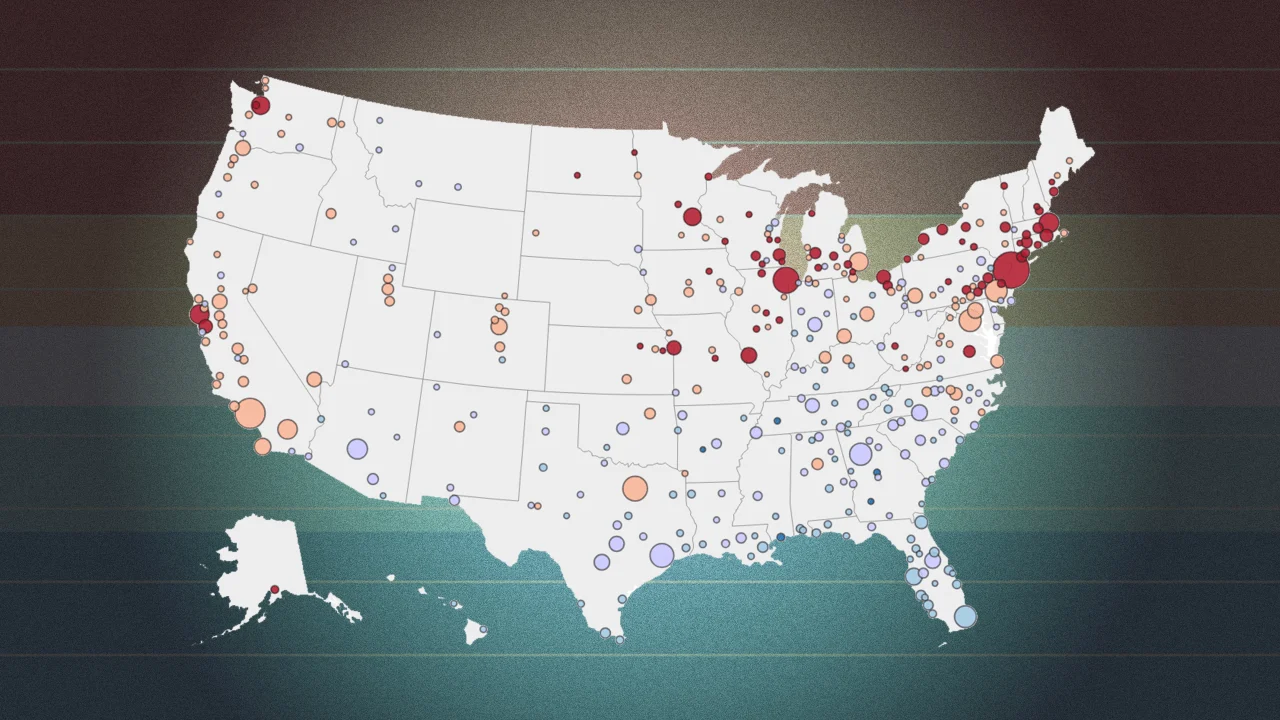
![[Weekly funding roundup May 24-30] Capital inflow continues to remain steady](https://images.yourstory.com/cs/2/220356402d6d11e9aa979329348d4c3e/Weekly-funding-1741961216560.jpg)




























































